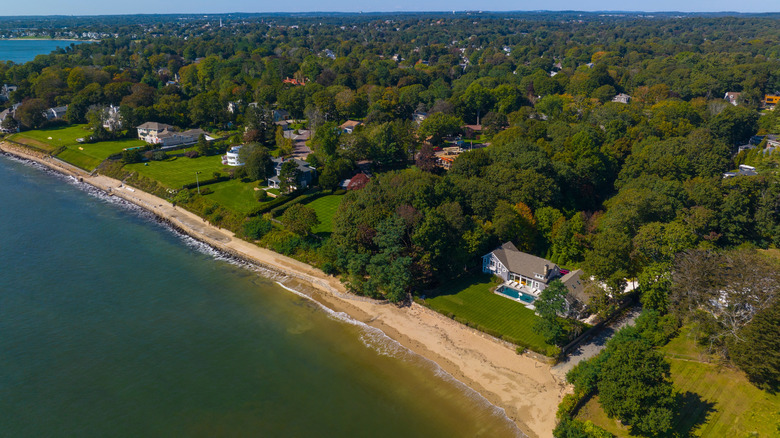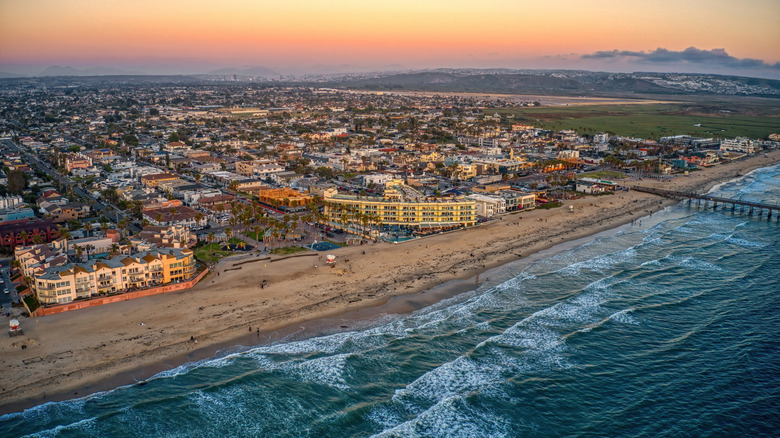The Alarming Reason Why Beaches All Across America Are Closing
As the Fourth of July weekend drives Americans toward beach days and lakeside retreats, an unsettling trend is disrupting those plans. Beaches across the United States are closing due to dangerously high levels of bacteria in the water. From California to Massachusetts, public health officials are posting warning signs, closing off beach access, and urging swimmers to stay out of the water.
High concentrations of different bacteria have been the culprits behind the beach closures, such as enterococci — a bacteria originating from sewage, stormwater runoff, and animal waste — and vibrio — a bacteria found in coastal waters during hot months, and popular in estuaries. The United States Environmental Protection Agency (EPA) warns that enterococci can cause diseases of the skin, eyes, ears, and respiratory tract, while the Centers for Disease Control and Prevention (CDC) advises on vibrio causing diarrhea, nausea, and fever in minor cases, and even severe wound infections in more serious cases.
Before heading to the beach, experts recommend checking local health department websites for updates on water quality. Avoid swimming after heavy rains and keep children and pets away from storm drains and river mouths, which tend to have higher concentrations of bacteria. Moreover, the EPA warns that it's safer to swim in beaches with strong water circulation, such as ocean beaches.
What beaches are contaminated across the United Sates?
In the state of Washington, several beaches closed after testing positive for extreme levels of bacteria. In King County, four beaches have been marked with "Stay out of the water" warnings. Of these beaches, Seattle's Pritchard Island Beach is on the "No swimming" list. Be sure to check each beach's webpage to see if they're closed; otherwise, "Closed" signs will be placed at the beaches. Meanwhile, on the West Coast, California's Imperial Beach has become off-limits due to extreme levels of contamination. A report from the Surfrider Foundation found that Imperial Beach had the highest levels of contamination in the state. Located on the U.S.-Mexico border, the beach has faced chronic pollution issues due to sewage and wastewater contamination from the Tijuana River, and was found to contain arsenic, heavy metals, hepatitis, E. coli, salmonella, and DDT.
At Lake Powell, a popular recreational area spanning the Utah-Arizona border, the National Park Service issued a warning after samples showed unsafe levels of cyanotoxins from algae blooms, causing symptoms from loss of appetite to acute hepatitis or jaundice. Out East, in Massachusetts, more than 20 beaches were closed in one day in June, the majority due to unsafe bacteria. The Massachusetts Department of Public Health has provided an Interactive Beach Quality Dashboard updated between 8 a.m. and 5 p.m. to inform residents and tourists of current beach closures. At several beaches on Long Island, New York, water activities have been restricted following vibrio contamination.
Stay safe by checking out this list of America's filthiest beaches, even considering noncontiguous states like the Hawaiian beach that's considered the dirtiest place on Earth. Furthermore, should you have any concerns, contact the Division of Environmental Toxicology, Hazard Assessment and Prevention (TOX).

